So I used a voltage follower with an input of a sine wave signal (positive and negative cycle) . The output was half wave signal which is what I wanted. Why do people use half wave precision rectifier signal over a voltage follower. It seems a lot easier to just use a voltage follower. I am using a single power supply with Vcc- to GND.
Which is better for half wave signal rectification, a voltage follower or half wave rectifier?

